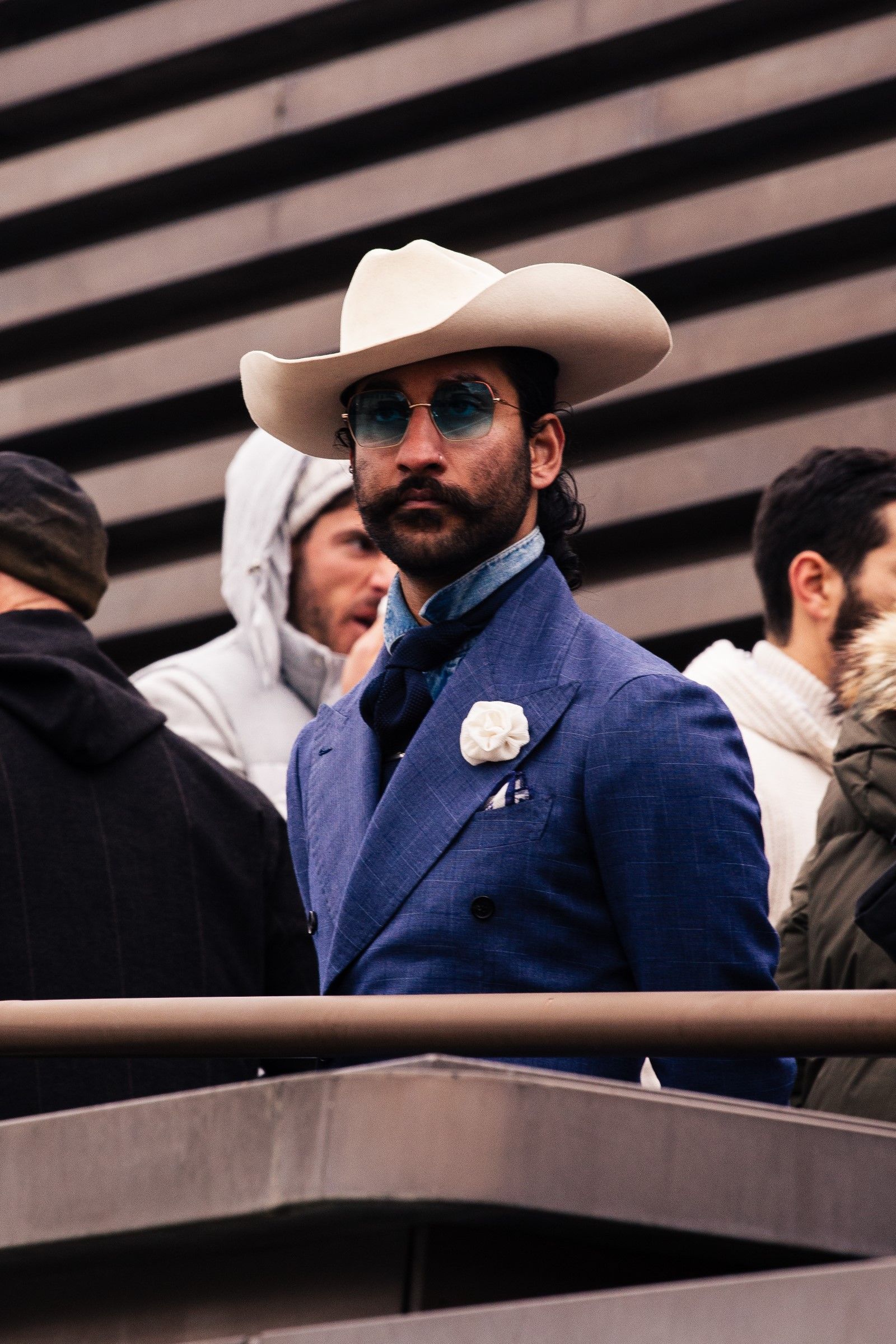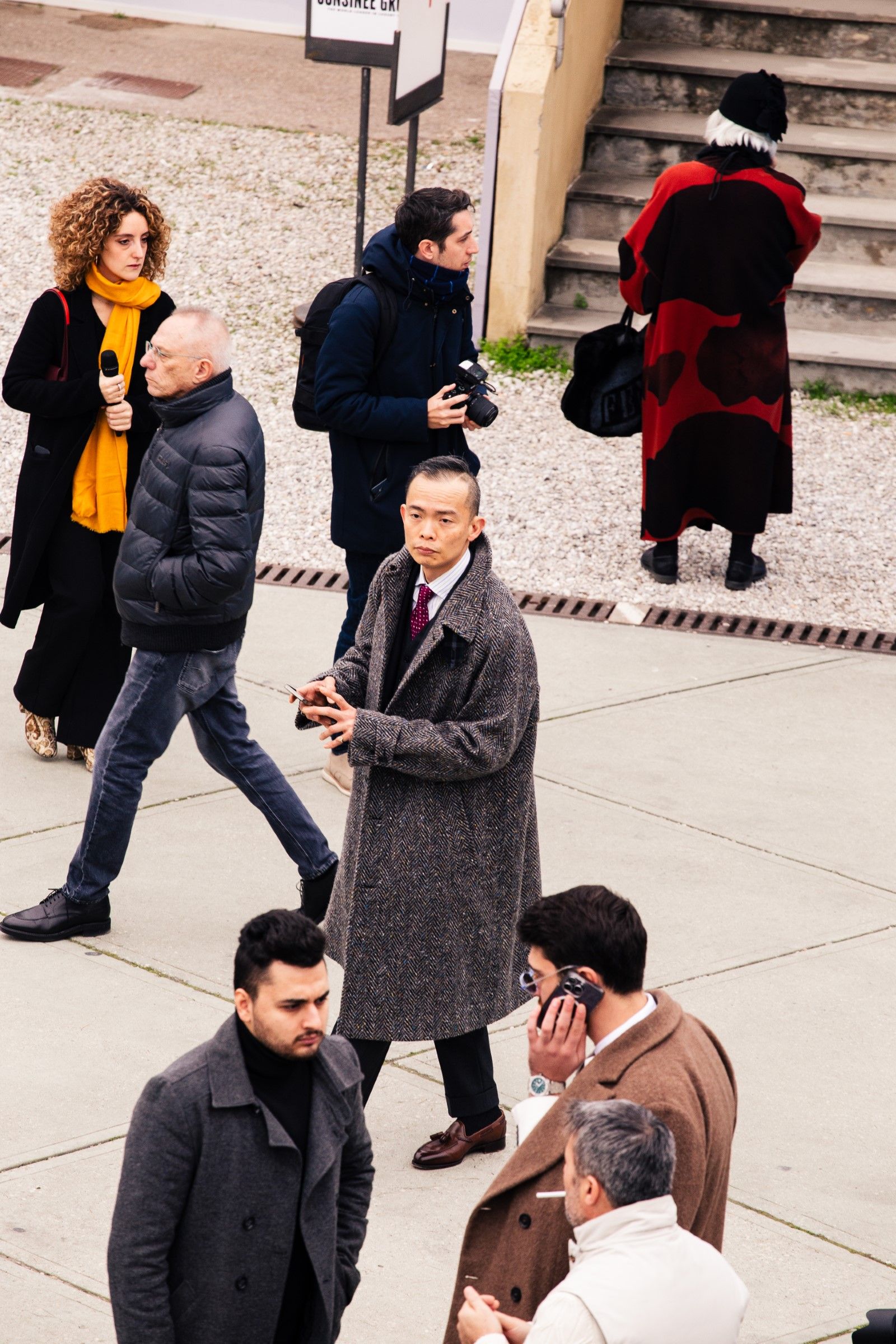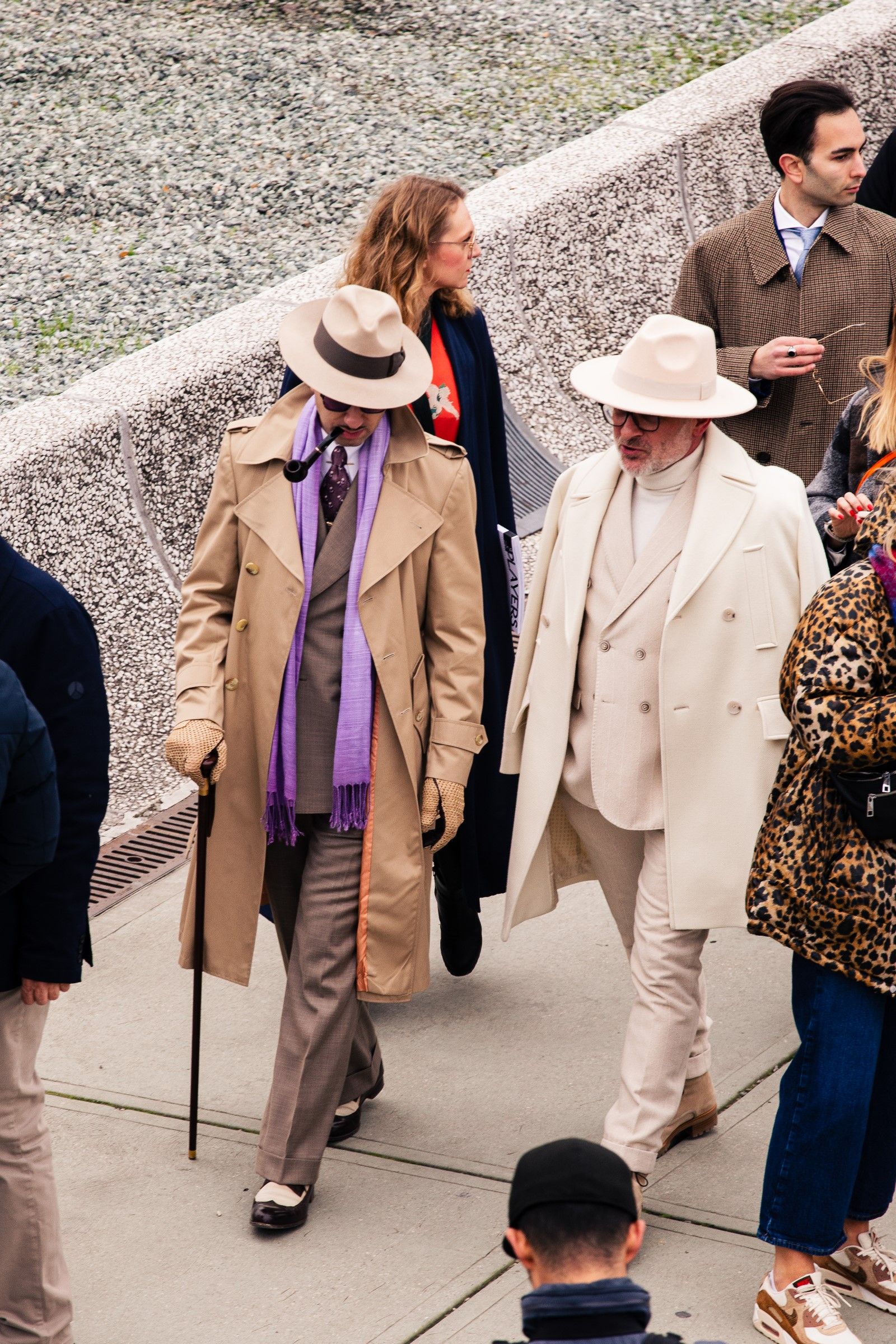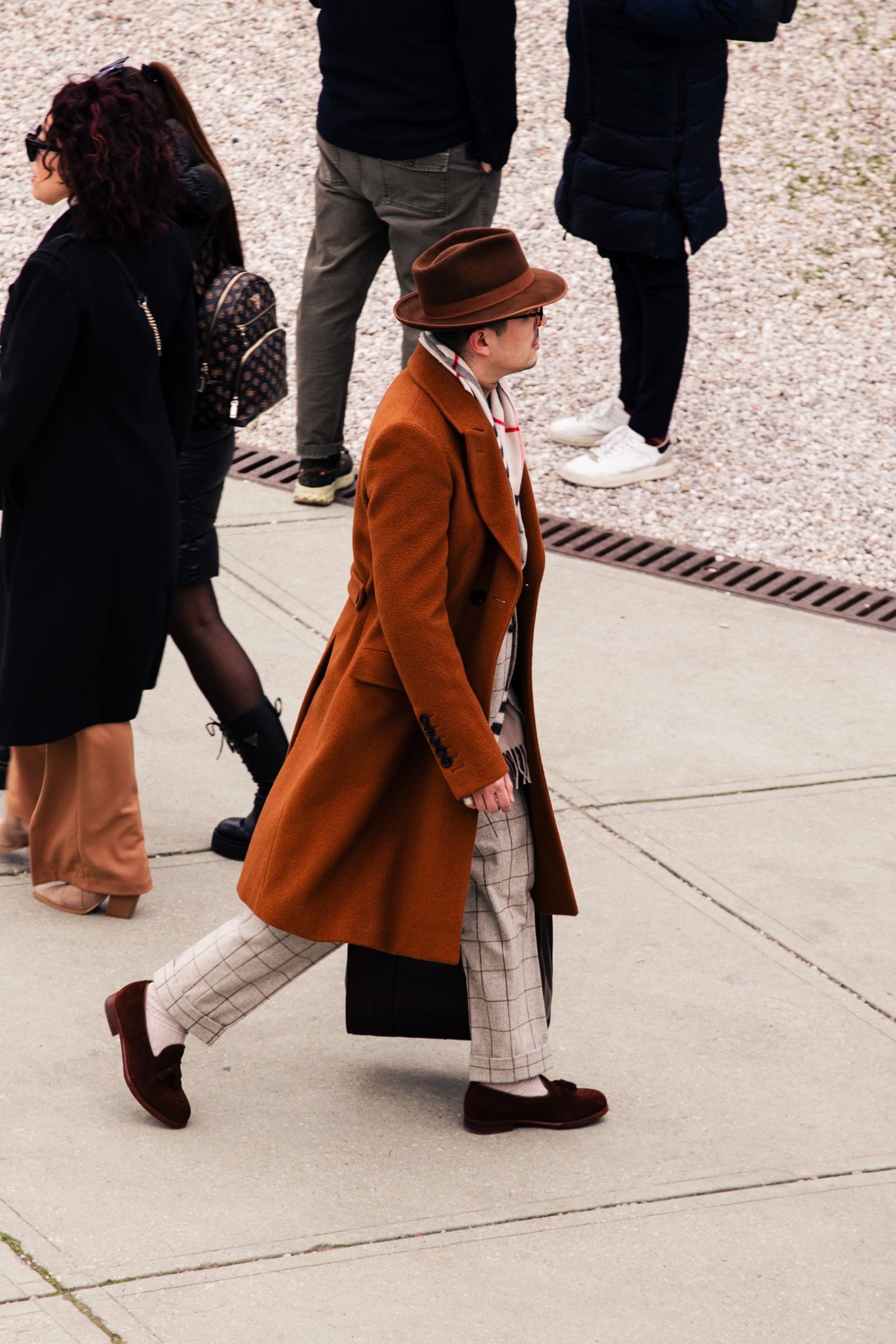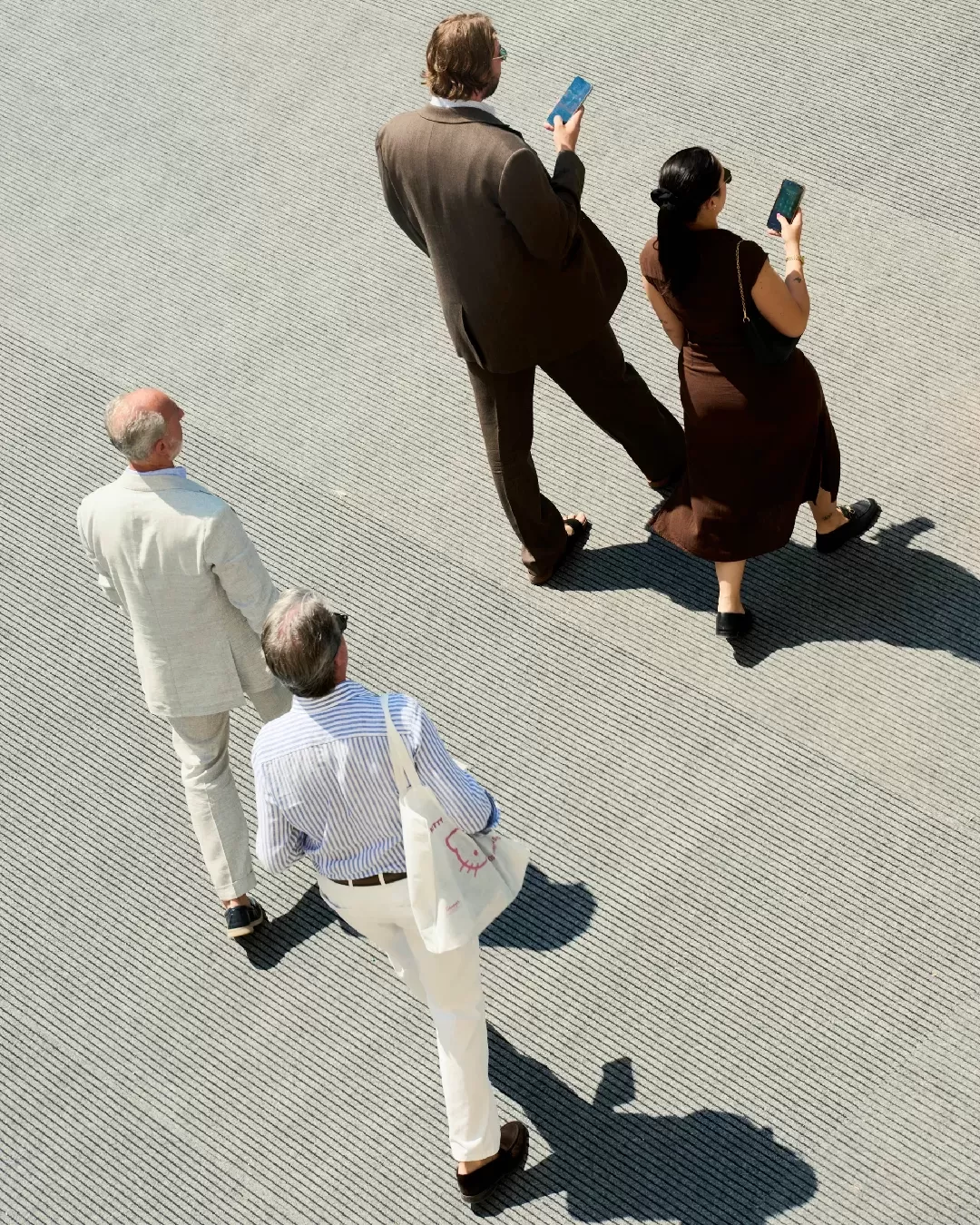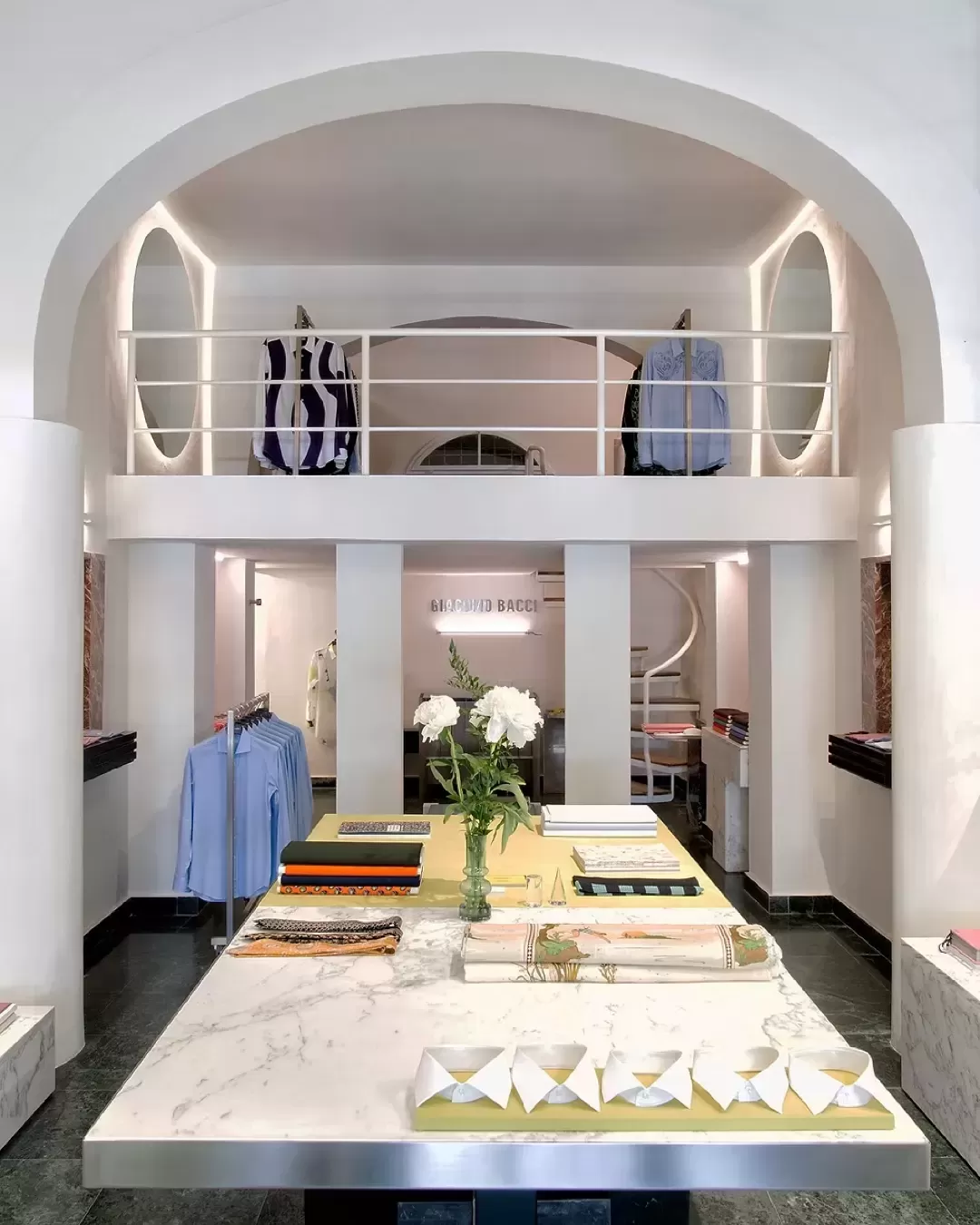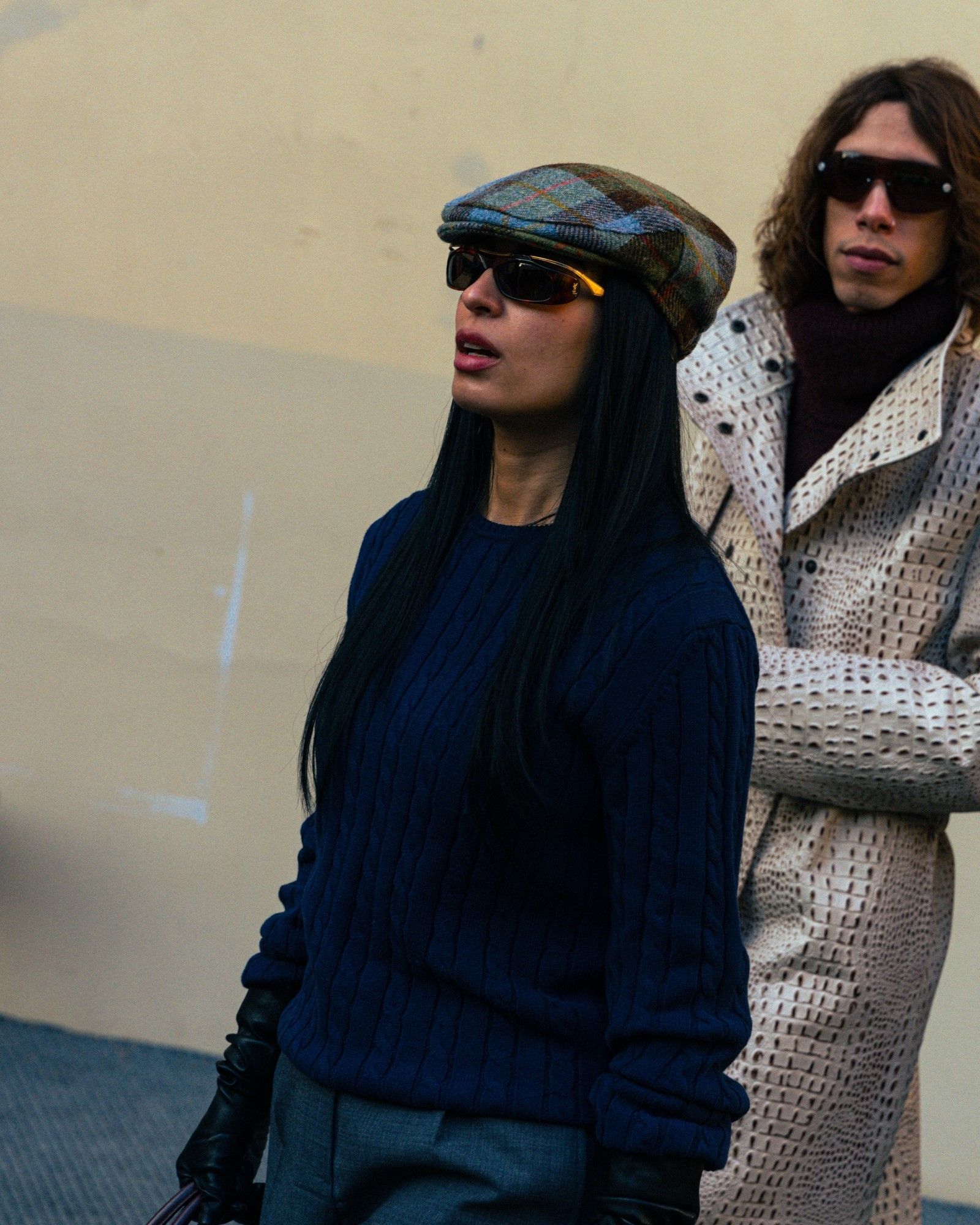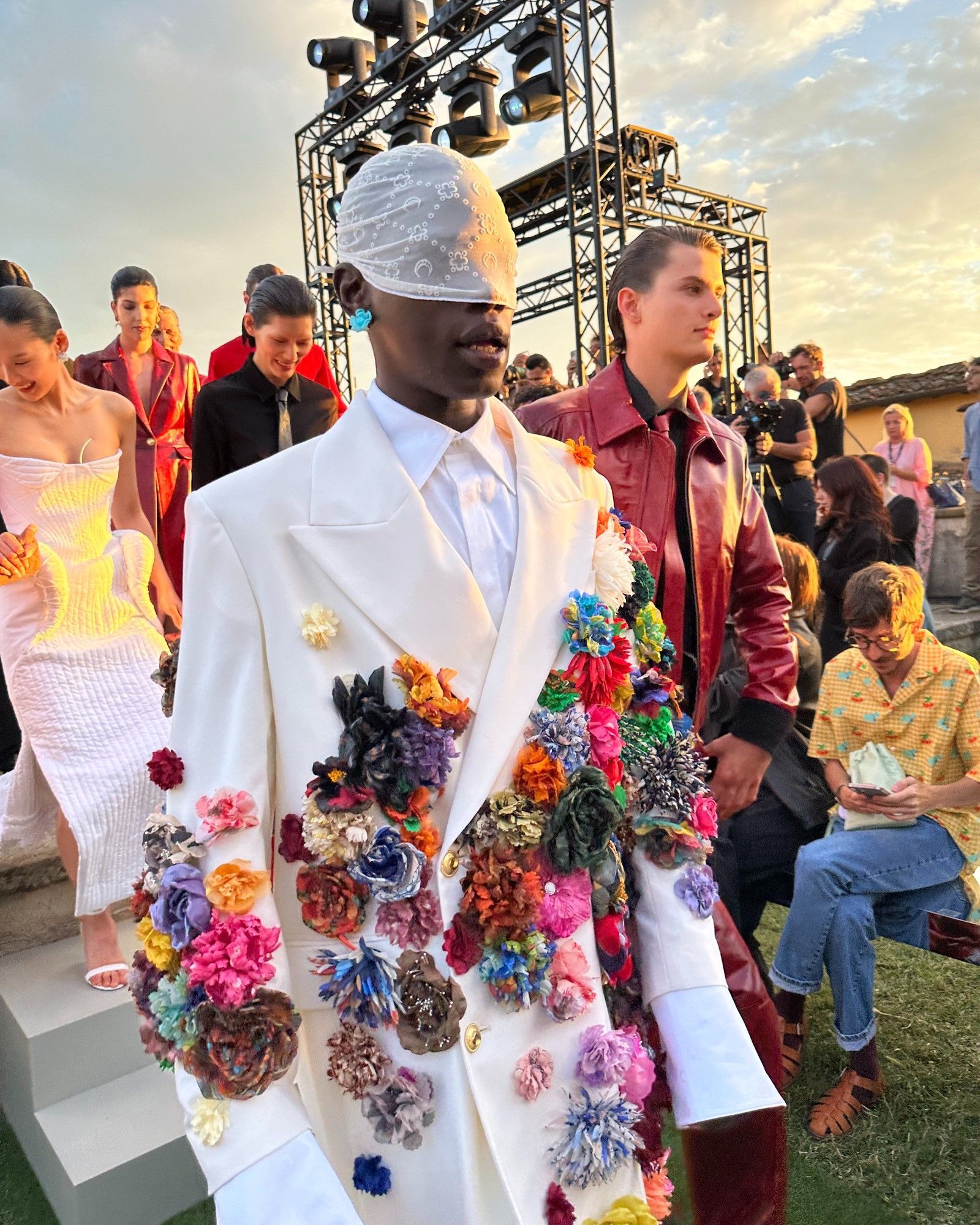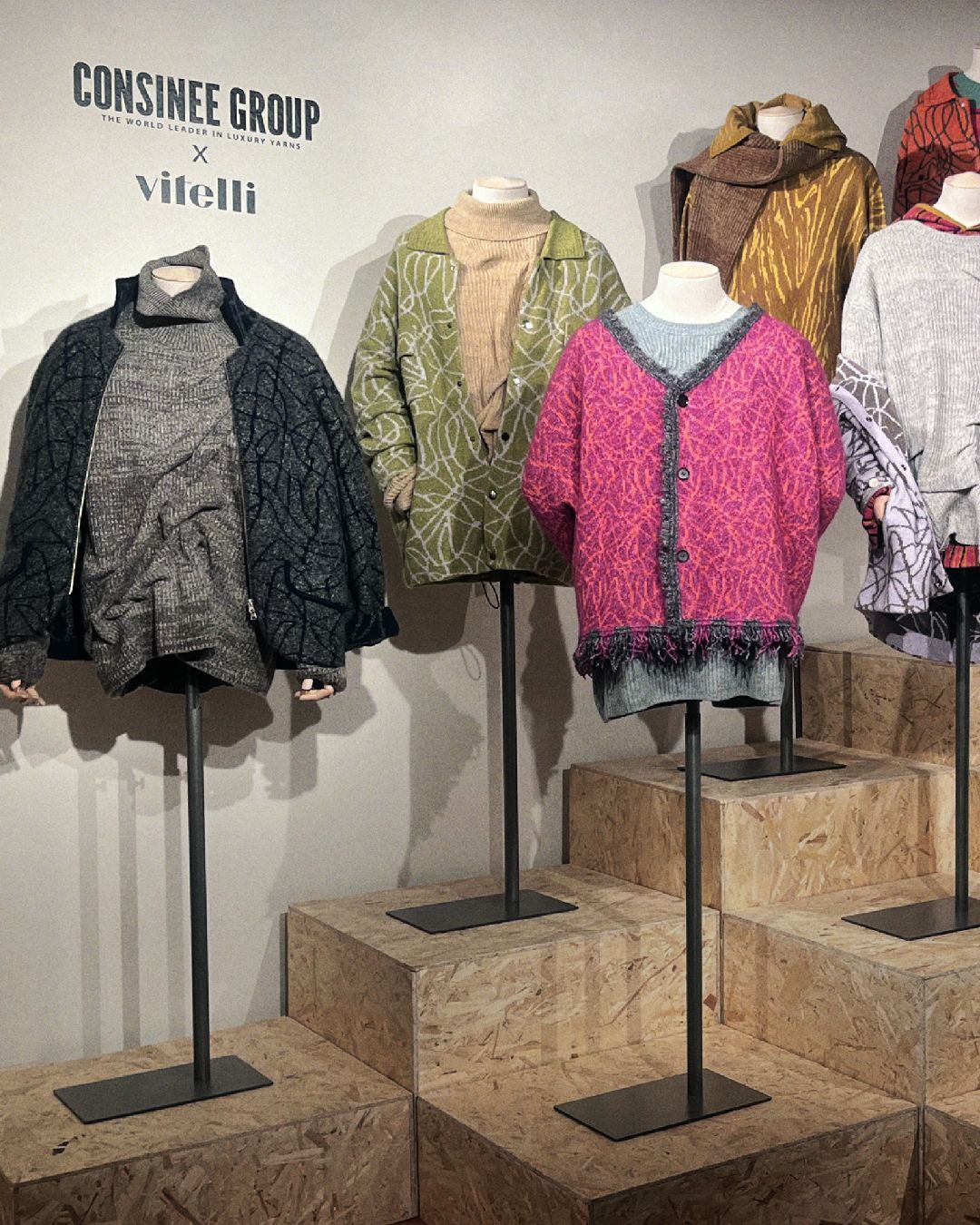
Is Pitti Immagine really about fashion? When a distinction would be needed
How much fashion is too much fashion? We ask ourselves this at the beginning of the Italian leg of the fashion month which, like every year, leads to the curious displacement of press, buyers, designers, and company between Milan and Florence. A displacement that every year sees Pitti Immagine Uomo expand and become more international (46% of the brands present this year are not Italian) hosting formats and debuts usually reserved for Milan Fashion Week, which, regardless of any past historical occasion, is today the only true capital event of Italian fashion. In fact, the difference between Pitti Immagine and Milan Fashion Week is something undefinable until it is encountered – and the two events, so close in time and theme, start to become confused. To the point that several brands presenting at Pitti Immagine will also present at fashion week, others will have activations in both cities for the usual spirit of presence, while others, coming from abroad, will have their own show there which will inevitably become a prologue, at least in perception, to Milan Fashion Week. Even this year Max Mara also showcased its Resort collection in Venice on the first day of Pitti, increasing the geographical dispersion of fashion initiatives. In short, the more one event wants to resemble the other, the more the differences between the two emerge – all the more so since the hard core of Pitti has less and less in common with a luxury industry that, like a balloon without ballast, continues, more than soaring, to fall upwards. Are we sure that Pitti is fashion?
The impression is that Pitti Immagine wants to become a fashion week without giving up the immense number of large and small brands that attend it, nor modernizing an exhibition mode that in 2024 appears obsolete – if only for its omnivorous, Babelic inclusivity. Japanese excellence brands, bicycle clothing lines, handcrafted sneakers, a military aviation stand, book and magazine presentations, swimwear, brands specialized in suspenders or woven belts but also a stand dedicated to dog clothing. The map of the current Fortezza da Basso setup looks like a huge citadel branched out through a Gordian knot of pavilions, installations, stands, and infopoints. The path that animates this edition with 790 exhibitors is marked through areas dedicated to the most diverse categories (“Fantastic Classic” for classics, “Dynamic Attitude” for athleisure but also “I Go Out” for outdoor, among others). And this without mentioning the talks, pop-ups, dinners, and so on. If the size of Pitti Immagine (which also has editions dedicated to yarns only or children's clothing) surpasses that of Milan Fashion Week, the latter has a much higher media impact: last year, the overall IG interactions of the summer edition of Pitti Immagine were 718,000, those of the immediately following Milan Fashion Week 2.3 million. And this not only because Pitti is ultimately dedicated to buyers, press, and specialists but also because many of the brands present have more to do with clothing than fashion itself – so much so that the only events noted in the “what to expect” previews concern realities based in Milan or “fashion visitors” who like aliens land in Florence for a seasonal one-off.
Obviously, the point of an industry fair is to bring the entire industry together, so it is good that there are many and varied brands, but the insistence on calling Pitti Immagine a fashion event when what is often showcased is simple clothing sounds incorrect. Undoubtedly of quality but still clothing. After all, what trend capable of conquering the market has ever come out of Pitti Immagine? They come out of fashion week, so the presence of Pitti Immagine would not be a problem in itself if it could situate itself at some distance, trying to build a cultural discourse around the premium clothing sector that constitutes its actual substance. All the more so in times of luxury crisis like those we are experiencing now (but even the current president of Pitti has spoken of a delicate moment) making a distinction between Milan's seasonal fashion and Pitti's timeless clothing could present several advantages. Firstly because the brands involved are much more “authentic” than the mass luxury mega-names; and secondly because it suits these brands to position themselves in the upper layers of the middle-market segment which luxury fashion has long since abandoned, leaving vast segments of customers to fast fashion.
Comienza el Pitti Uomo y yo estoy ya así pic.twitter.com/c2iWmRTSvX
— Don Raggio (@Raggiomoral) June 11, 2024
This world of middle-market brands, perhaps even historic in the best cases but really little publicized and with an outdated image, not only needs an industry fair to meet distributors and buyers, but also a showcase and modern narrative that can enhance them in the eyes of the general public, making them a more or less unitary and recognizable “system” just like luxury fashion. Of course, the format of the mega-fair, divided into hundreds and hundreds of stands, can work on a basic commercial level but does not help to grow the premium clothing scene (some of the brands have quality levels equal to if not superior to luxury) on the level of historical and cultural depth, does not help those brands to speak directly to the public, building stories and proposing themselves as valid historical and qualitative alternatives to the world of fashion. Perhaps it is time for Pitti Immagine to better focus its image (readers will forgive this pun) and decide what it wants to be beyond the self-proclaimed “most important international platform for men’s fashion and lifestyle”. After all, between being everything and being nothing, one can always choose to be something.












































